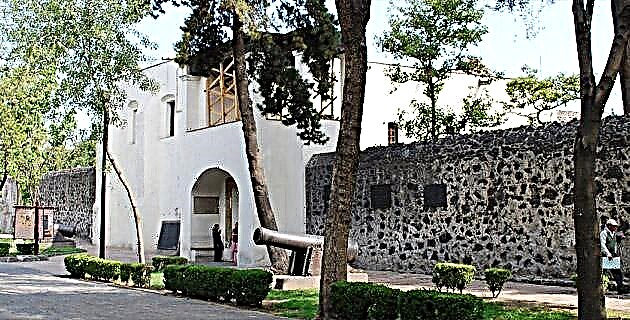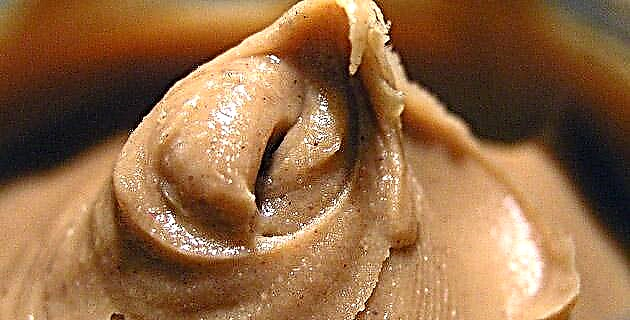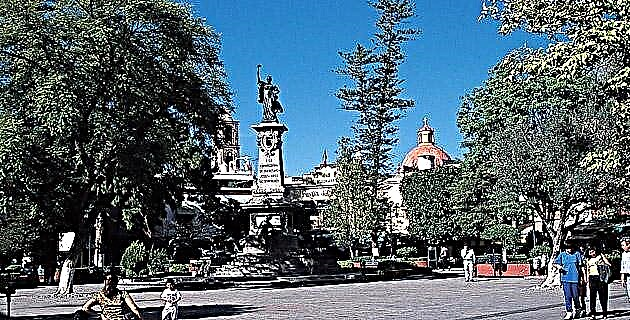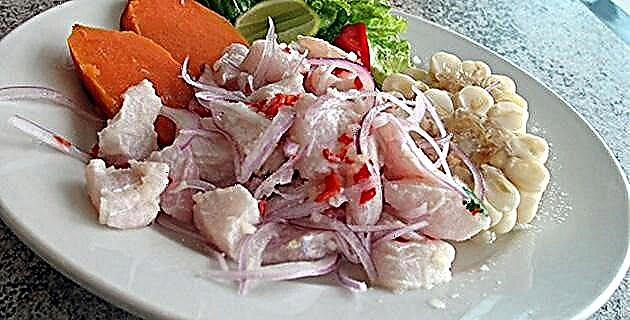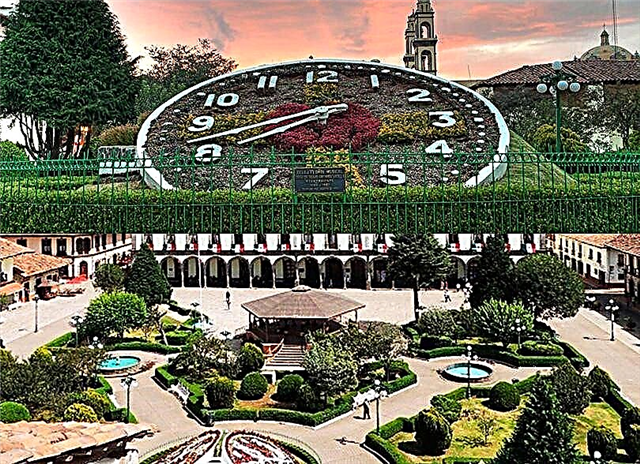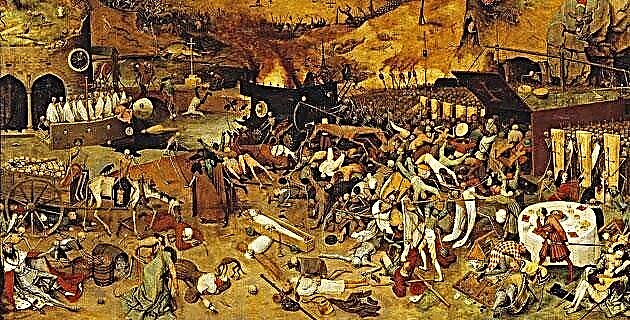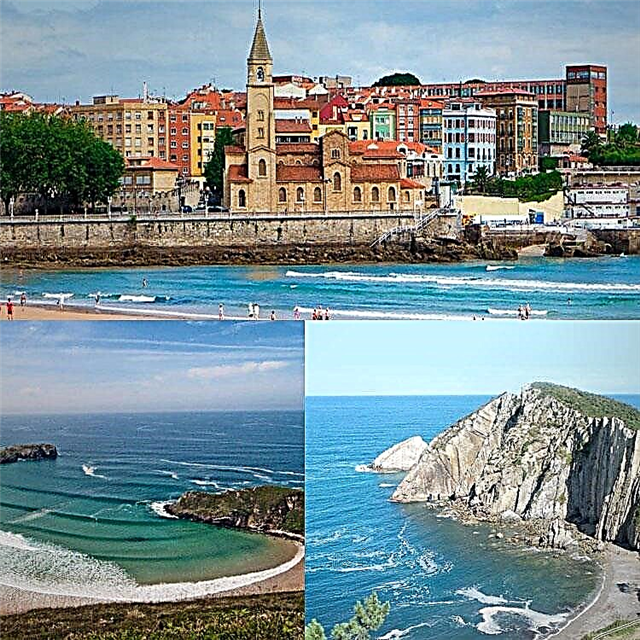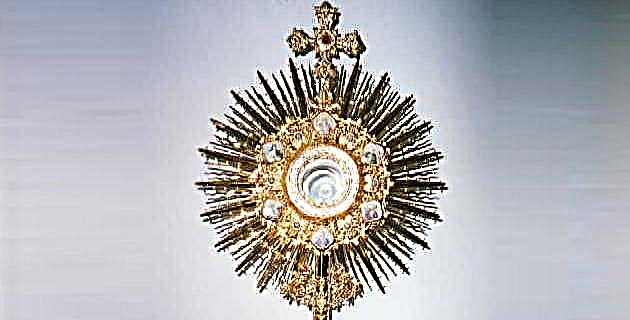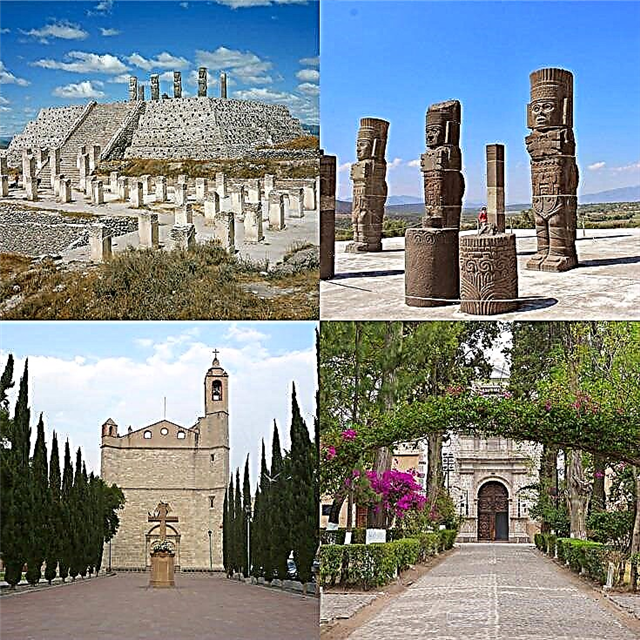The Toltecs of Tula came to dominate central Mexico after the decline of Teotihuacan, bequeathing us their Atlanteans, who now dominate the horizon with their fierce appearance as monumental warriors.
What is the interest of the Archaeological Zone of Tula?
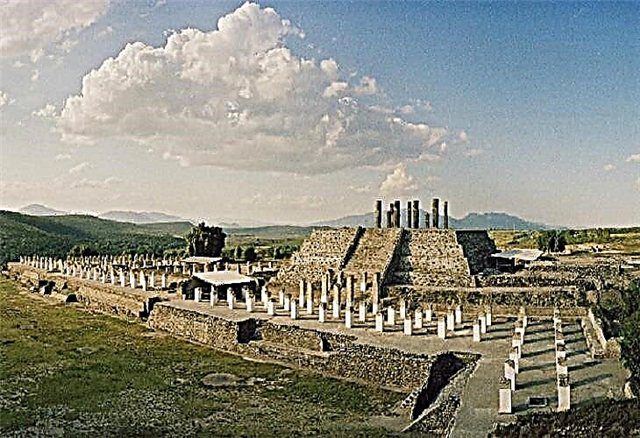
The city of Tollan-Xicocotitlan, better known as Tula, was the capital of the Toltec kingdom and reached its peak with the construction of Tula Grande during the Early Postclassic period.
The pre-Hispanic settlement of Tula It was founded around the second century, just when Teotihuacán was beginning to lose influence and with time the city would become the main power in central Mexico.
Tula began to decline around the 12th century, but dominated the lucrative Mesoamerican trade route for several centuries.
As a testimony of the power of Tula, its archaeological site remained, in which the Pyramid of Tlahuizcalpantecuhtli, the famous Atlantes and the Burned Palace stand out.
Where is Tula located and how do I get to the site?
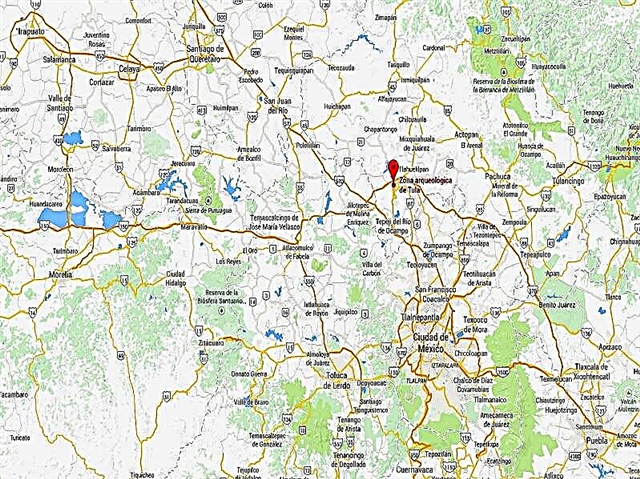
The archaeological site is located in the southern sector of the state of Hidalgo, in the municipality of Tula de Allende, forming part of the Tula National Park.
Tula de Allende is located 97 km from Mexico City. To go to Tula from the DF You have to take highway 57 and then access a detour located at km 77, heading to the destination city.
Defeños can get to know the site by traveling by public transport to Tula de Allende, then taken in the center of the city by the bus that goes in the direction of Actopan, Iturbe or Santa Ana, which stops at the entry point of the archaeological zone. The site access ticket is priced at 65 MXN.
How did Tula develop?
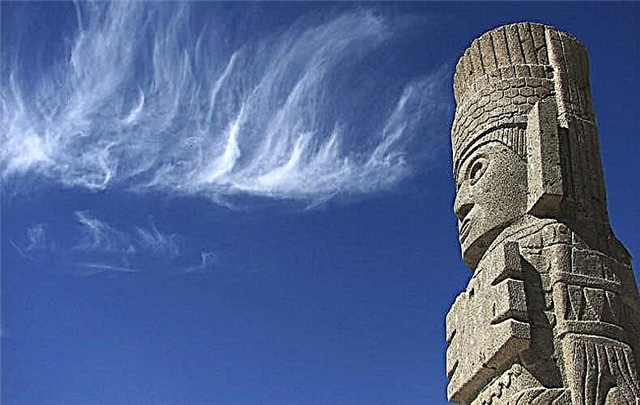
The original settlement that arose was Tula Chico, whose first evidence has been dated to the second century, towards the end of the Early Classic Period.
During its first period of existence, the influence of Tula was limited and towards the end of the IX century the city was abandoned, a process that was accelerated by a series of fires.
The golden age would arrive in the Early Postclassic with Tula Grande, a city that the Toltecs built reproducing Tula Chico on a larger scale, but not in the same place.
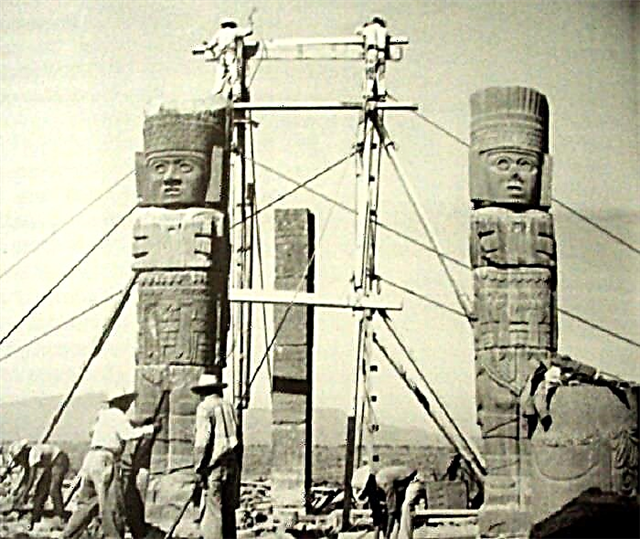
During this stage, Tula was transformed into a multi-ethnic city that had more than 50 thousand inhabitants and the Toltecs dominated the trade of the turquoises of northern Mesoamerica, the Nicoya pottery, coming from such a distant place, which is currently part of from Costa Rica; and the marketing of lime, a product used in construction and cooking.
The Toltecs also controlled the trade in basalt and rhyolite from Magoni, obsidian exploited in the Sierra de las Navajas, Veracruz ceramics, cacao from Chiapas and present-day Guatemala, onyx from Puebla and the serpentine of the Balsas River basin.
What was preserved from Tula Chico?
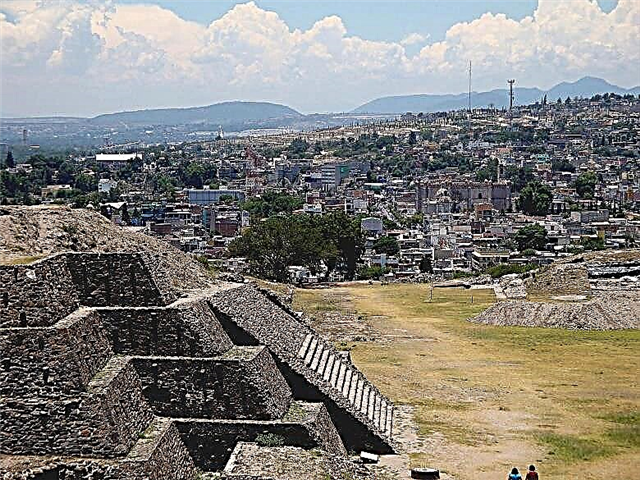
The original nucleus of Tula was a small settlement of about 6 km2 surface, built by men influenced by the cultures of the peoples of the North Mesoamerican region.
The main ruins that have been preserved in Tula Chco are the East Pyramid and the West Pyramid, located on the so-called North Platform.
On the North Platform there are also the ruins of a Hypostyle Hall, roofed areas of pre-Hispanic architecture, supported by a large number of columns.
In the rooms of the North and East Platforms there are a series of reliefs representing elite Tula Chico characters who fell in battle.
- Definitive guide to Saint Martin of the pyramids
What was preserved from Tula Grande?
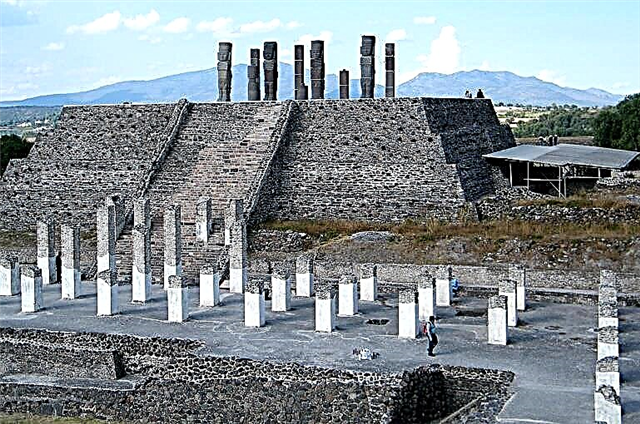
The Tula Grande highlights the Pyramid of Tlahuizcalpantecuhtli, the Atlantes, the Burned Palace and the Coatepantli. The god Tlahuizcalpantecuhtli, whose complicated name means "Lord of the Dawn Star" is an expression of Quetzalcóatl as the planet Venus or morning star.
The Tlahuizcalpantecuhtli Pyramid is a platform on which there are some sets of pilasters and serpentine columns among which the famous Atlanteans of Tula are distinguished.
The pilasters, located behind the Atlanteans, have representations referring to Quetzalcóatl's confrontation with his staunch rival, Tezcatlipoca, while the serpentine columns show ornamentation with a feathered serpent.
What are the Atlanteans?
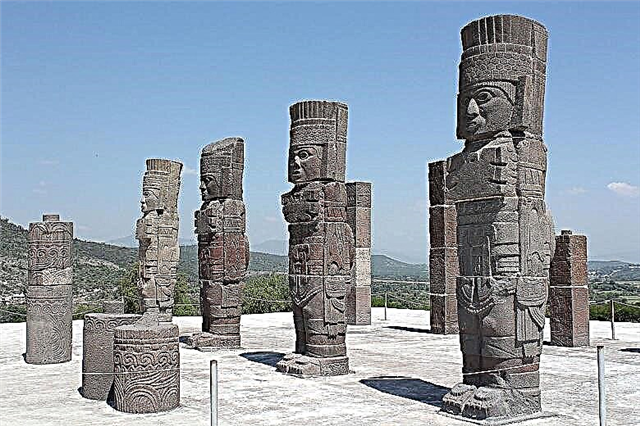
These 4 gigantic semi-human figures are the best known "characters" in Tula. They were built by the Toltecs with assembled basalt blocks and reach a height of just over 4.5 meters.
The Atlantes are manifestations of Quetzalcóatl as the “morning star” in which the god appears with the attire of a Toltec warrior, wearing a butterfly breastplate, darts, an atlatl or spear thrower, a flint knife and a curved weapon characteristic of the Toltecs. .
The Atlanteans receive their name because they served as support columns for the temple that crowned the Pyramid of Tlahuizcalpantecuhtli.
- 15 Things To Do And See In Oaxtepec
What is the Palacio Quemado like?
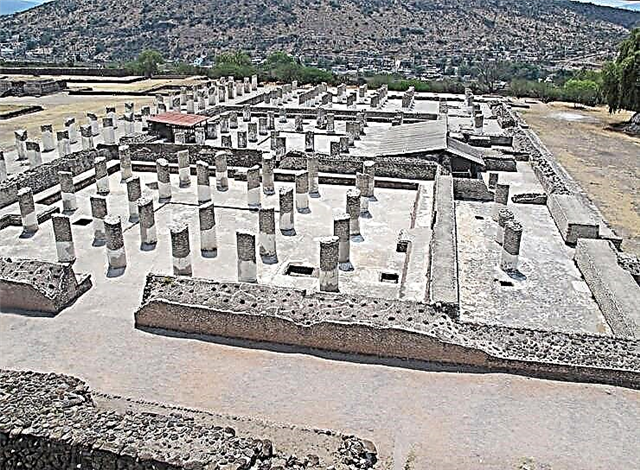
This complex, which bears a remarkable resemblance to the Palace of the Columns of Chichén Itzá, received its name from the archaeologist Jorge Acosta, due to the clear indications that it was destroyed by a voracious fire.
Despite its name as a palace, evidence indicates that it was not the sovereign's place of residence, but rather an administrative building in which the political affairs of the city-state of Tula were discussed.
The previous conclusion comes from the series of sidewalks that line the perimeter of rooms 1 and 2, which show that they were the meeting place for a large council. It is known that the councils were made up of elite people because the benches are reminiscent of the teoicpalli, who were royal seats.
What is Coatepantli?
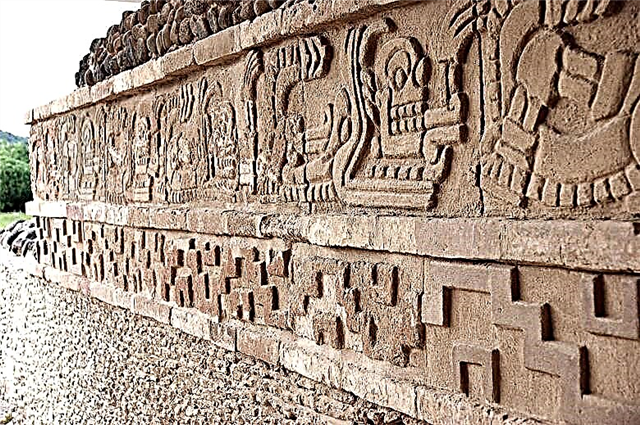
The Coatepantli or "Wall of the Serpents" was the wall that surrounded the sacred perimeter of Tula, of which some ruins have been preserved, particularly in the back of the Pyramid of Tlahuizcalpantecuhtli, separating it from Court 1 of the ball court .
The wall is ornamented with a series of snakes in whose jaws skeletons and reliefs of jaguars and eagles can be seen, animals of great military importance in pre-Hispanic life and mythology.
Court 1 of the ball court located near the Coatepantli is the one that has been best preserved in Tula.
The wall to protect the enclosure was an architectural innovation introduced by the Toltecs in the urban planning of Tula, which would later be copied by other city-states.
- 15 Tourist Places Of Morelos
Why did Tula decline?
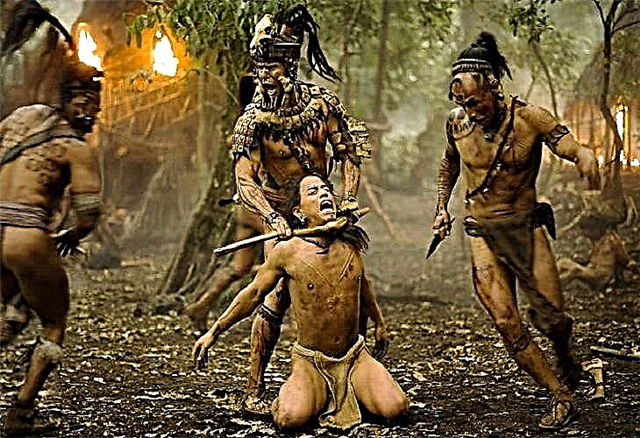
Towards the middle of the twelfth century, Tula began to decline as a consequence of internal disputes among its military and religious elites and of the Mexican attacks.
The fires, the evidence of which is visible in the ruins of the Burned Palace, contributed to a slow decline of the powerful Toltec city, until Aztec rule was imposed.
After the collapse of the city-state of Tula, the Toltecs who preserved their lives emigrated to other regions, such as Culhuacán, where they founded an important manor.
What other attractions are there in Tula de Allende?
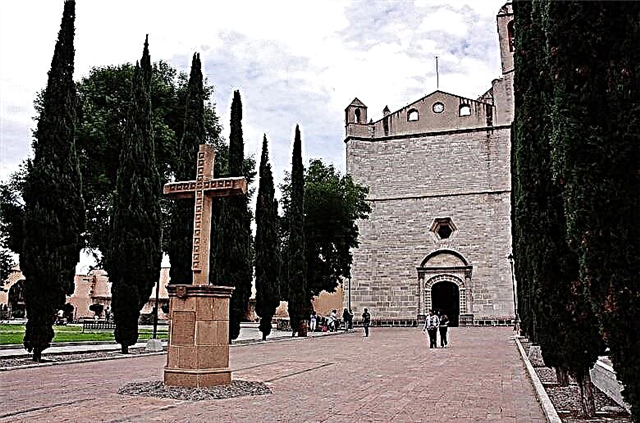
Apart from the archaeological site, which is its main heritage, in Tula de Allende there is a set of architectural, museum and artistic attractions, which allow to round off a complete tourist day.
Tula Cathedral was originally the church of a Franciscan convent built in the 16th century. The temple is similar to a fortress and inside there is a triptych alluding to the evangelization of the region.
The Jorge R. Acosta Archaeological Museum takes a tour of the political organization, art, ceramics and other facets of the life of the Toltecs and also reviews the research process of the archaeological zone.
The Quetzalcóatl Historical Room is another space of interest in Tula de Allende, in which a permanent collection of archaeological pieces is exhibited, also housing temporary exhibits.
In the open air theater of Tula you will find the mural Eternal Tula, an artwork of the artist Juan Pablo Patiño Cornejo.
Where can I stay in Tula de Allende?
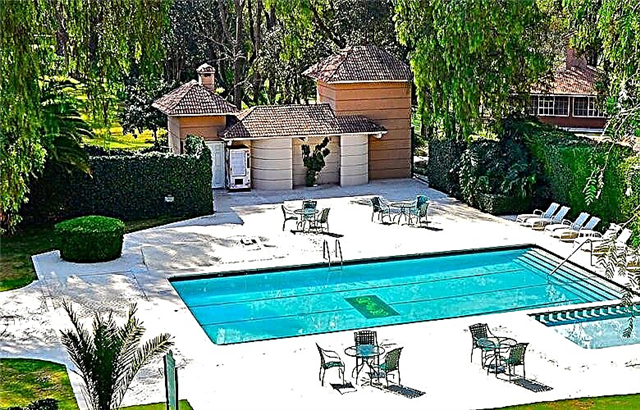
The Real del Bosque Hotel, located in Cerrada Jarandas 122, is an establishment with everything you need to rest comfortably after visiting the archaeological zone and other places of interest in Tula.
In Calzada Melchor Ocampo 200 in the center of Tula de Allende is the Hotel Lizbeth, an accommodation noted for its cleanliness and for the facilities it has to prepare food.
The Quinta Bella Boutique Hotel, on Avenida Norte 7, is a pleasant place, with a very friendly treatment by its staff.
Other accommodation options in Tula de Allende are the Best Western Real Tula Express, the Hotel Cuéllar, the Hotel Real Catedral and the Hotel Sharon.
- The 10 Best Budget Hotels in San Miguel De Allende
Where do you recommend me to eat?
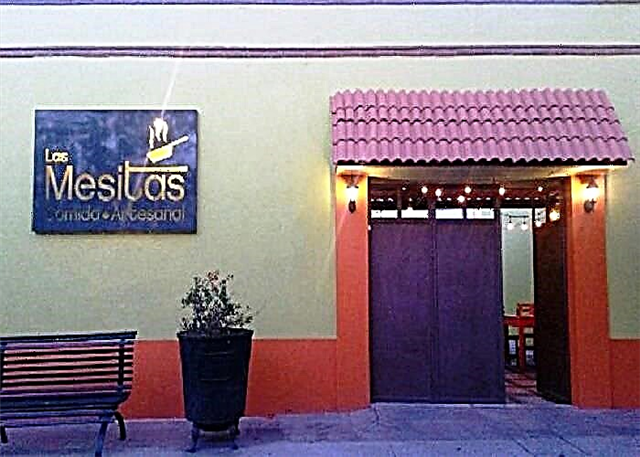
In the Quetzalcóatl Tourist Walkway there is Las Mesitas Alimentos Artesanal, a place with Mexican dishes, very pleasant and with a colorful decoration. It is praised for its tampiqueña, cream of corn and enchiladas, with good seasoning and convenient prices.
Bistro 23, located at km 5 of the Tula - San Marcos highway, is a very cozy place with excellent cuts of meat.
Don Goyo Restaurant, on the Tula - Huehuetoca highway, serves typical food and is favorably noted for its escamoles, barbecue and mixiotes.
You can also go to eat at El Molino Rojo, Don Mauri, Chez Moi Tula, Sazón Tolteca, Las Cazuelas and Los Negritos.
We hope that very soon you can go and admire the impressive Atlanteans and other interesting things of Tula. See you soon for another wonderful ride.
Keep reading our articles and find more information for your trip to Mexico !:
- TOP 8 Magical Towns of Michoacán
- National Museum of Anthropology of Mexico City: Definitive Guide
- Inbursa Aquarium: Definitive Guide


